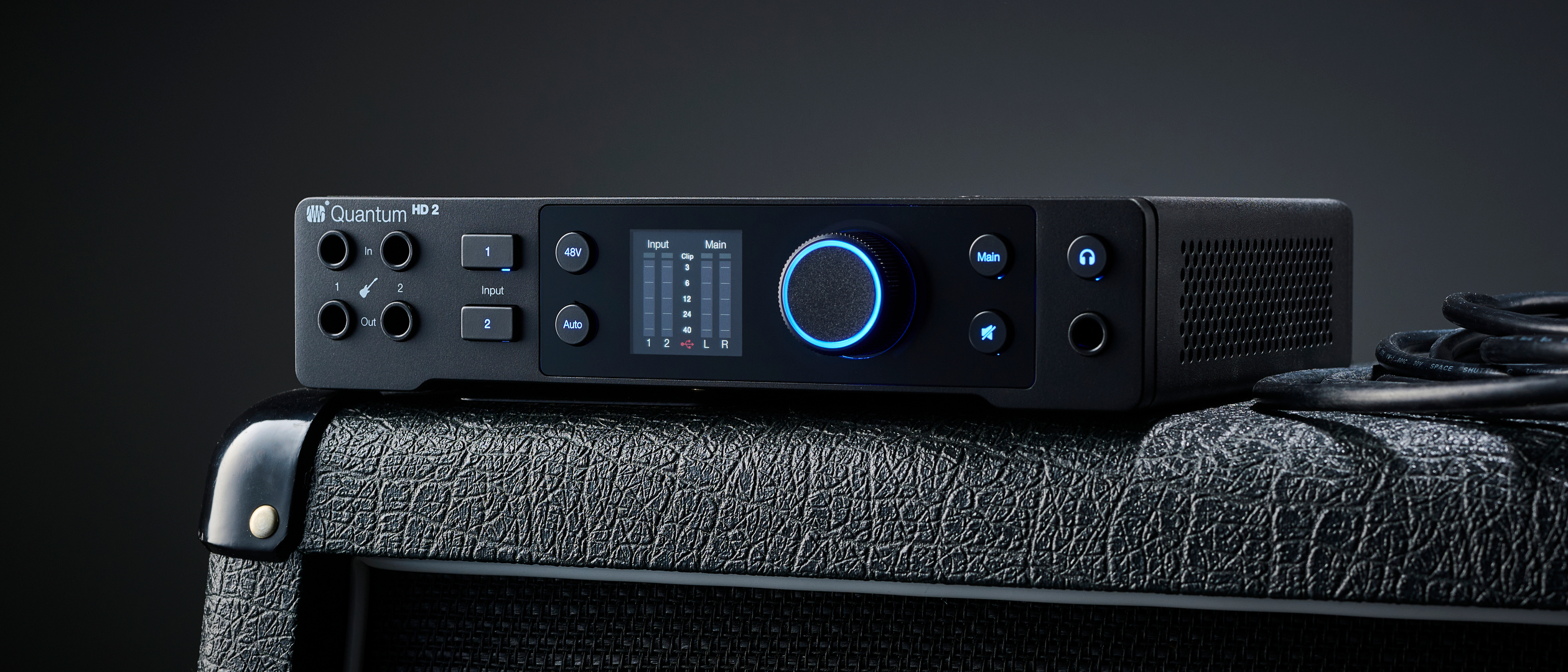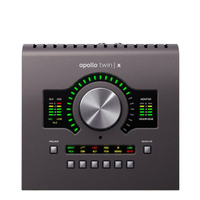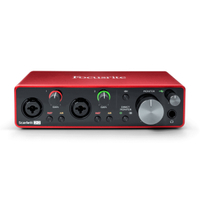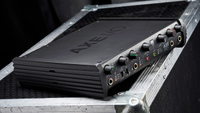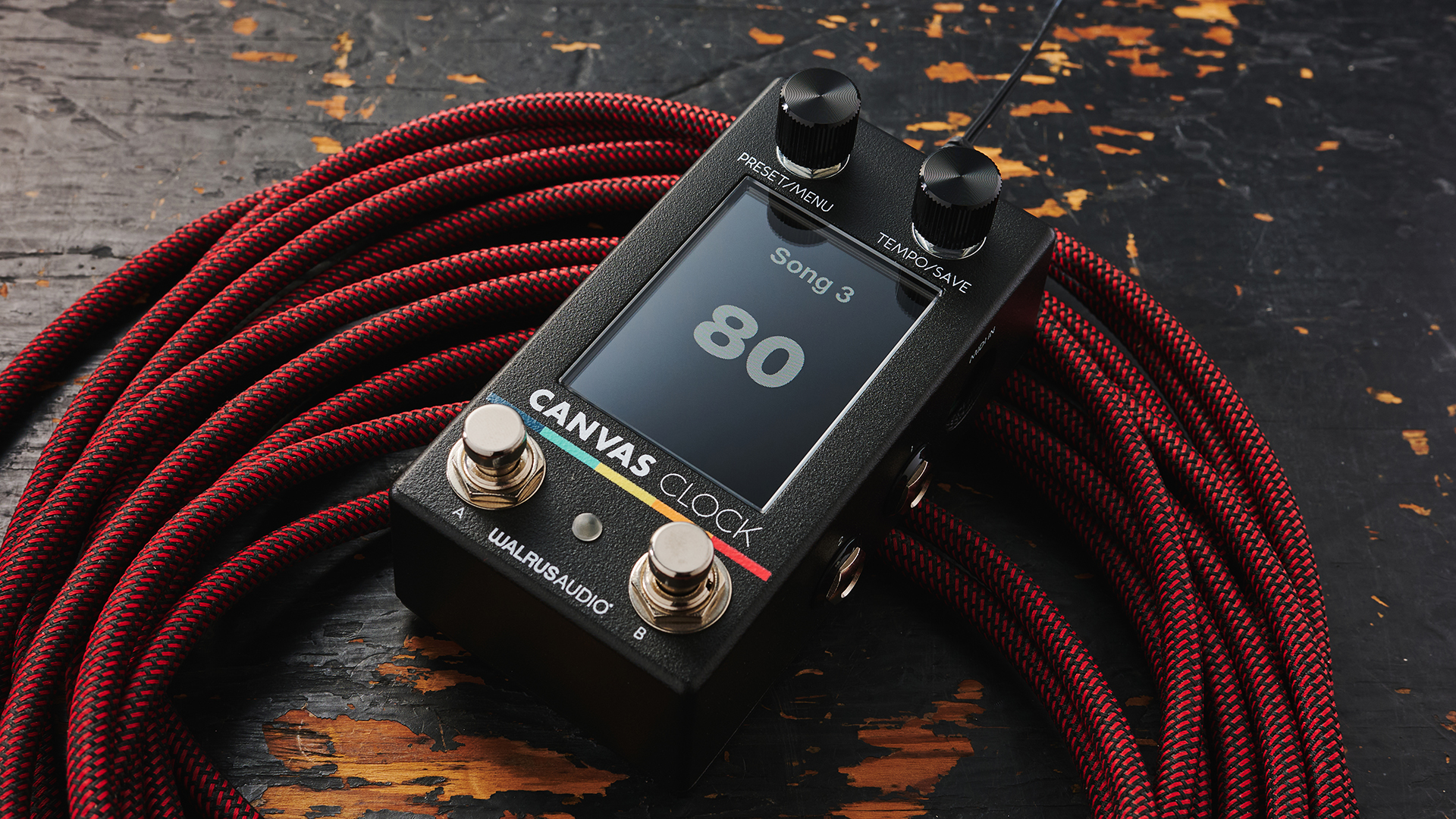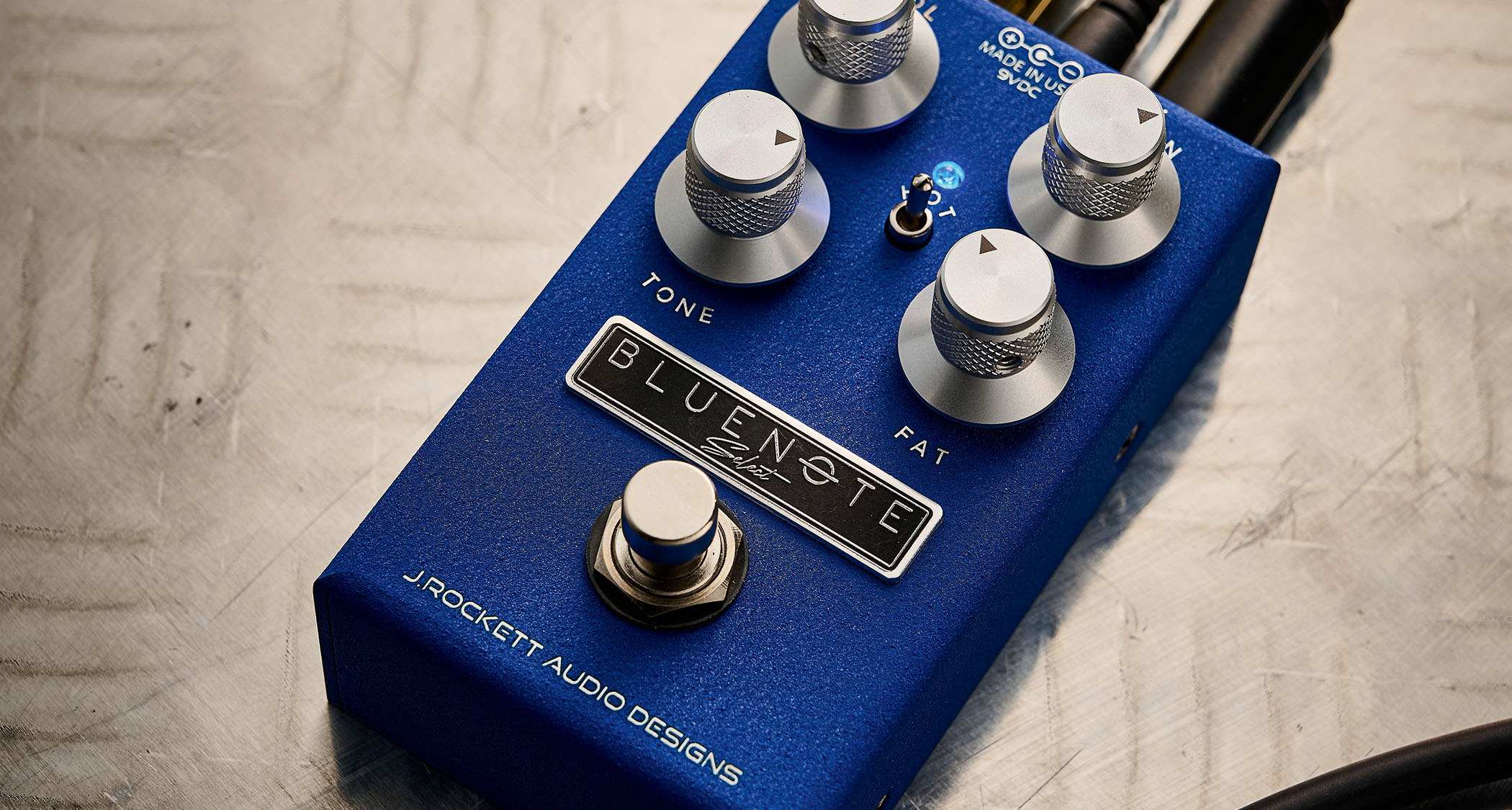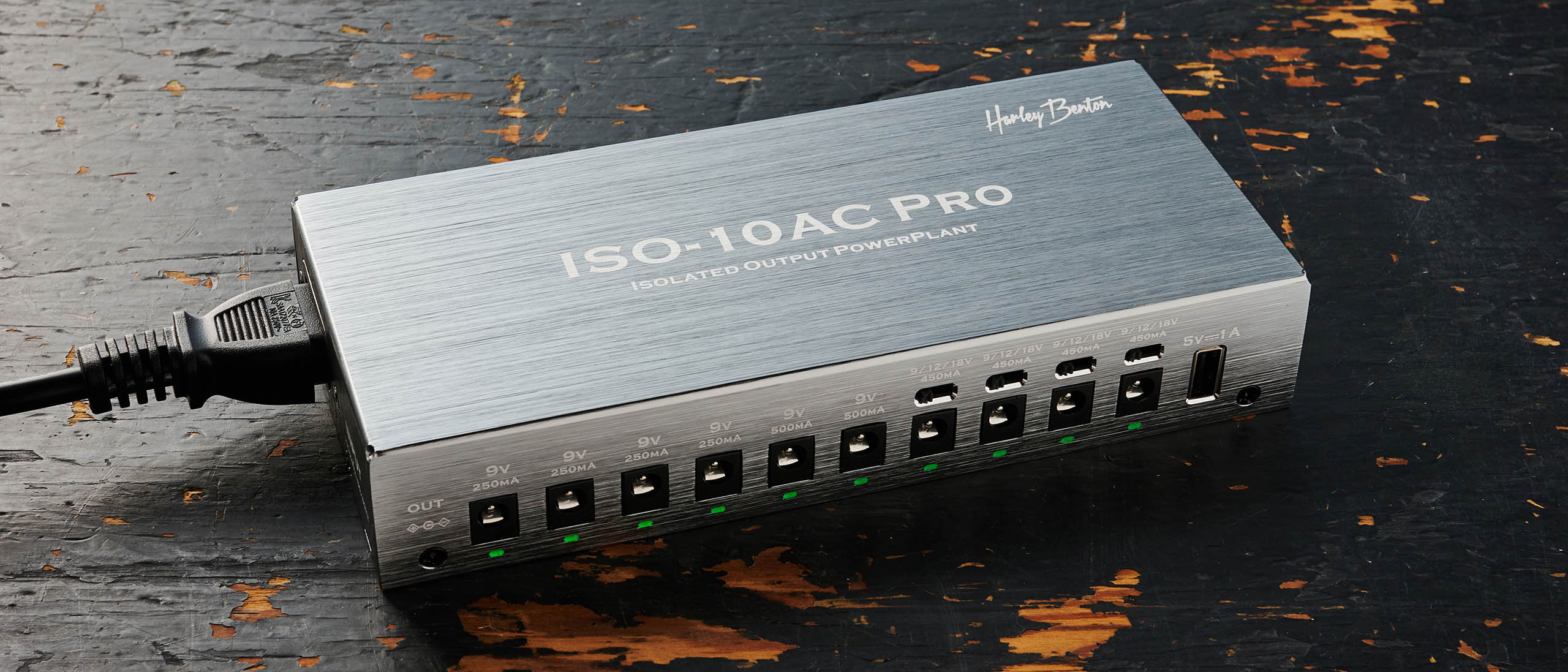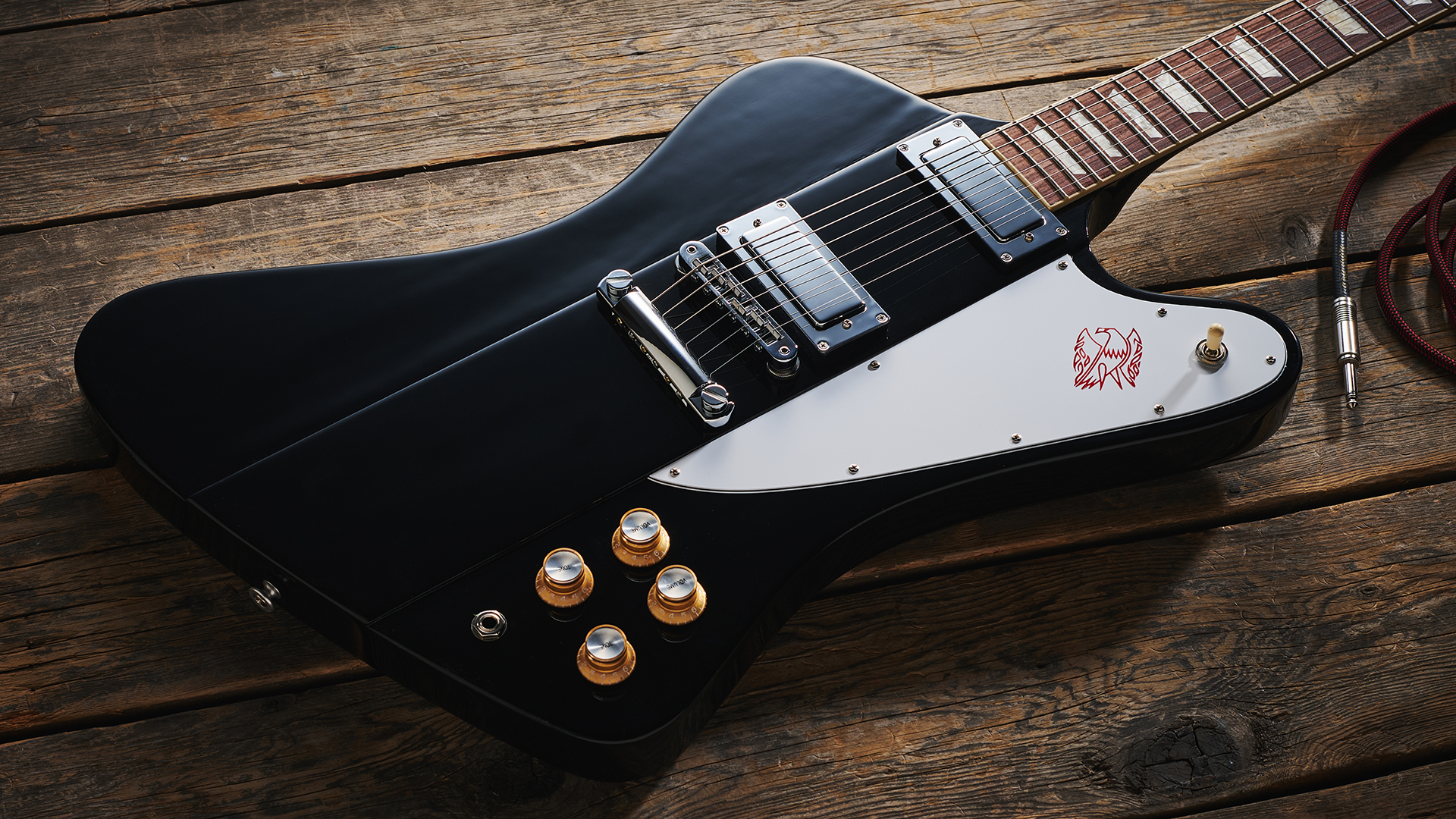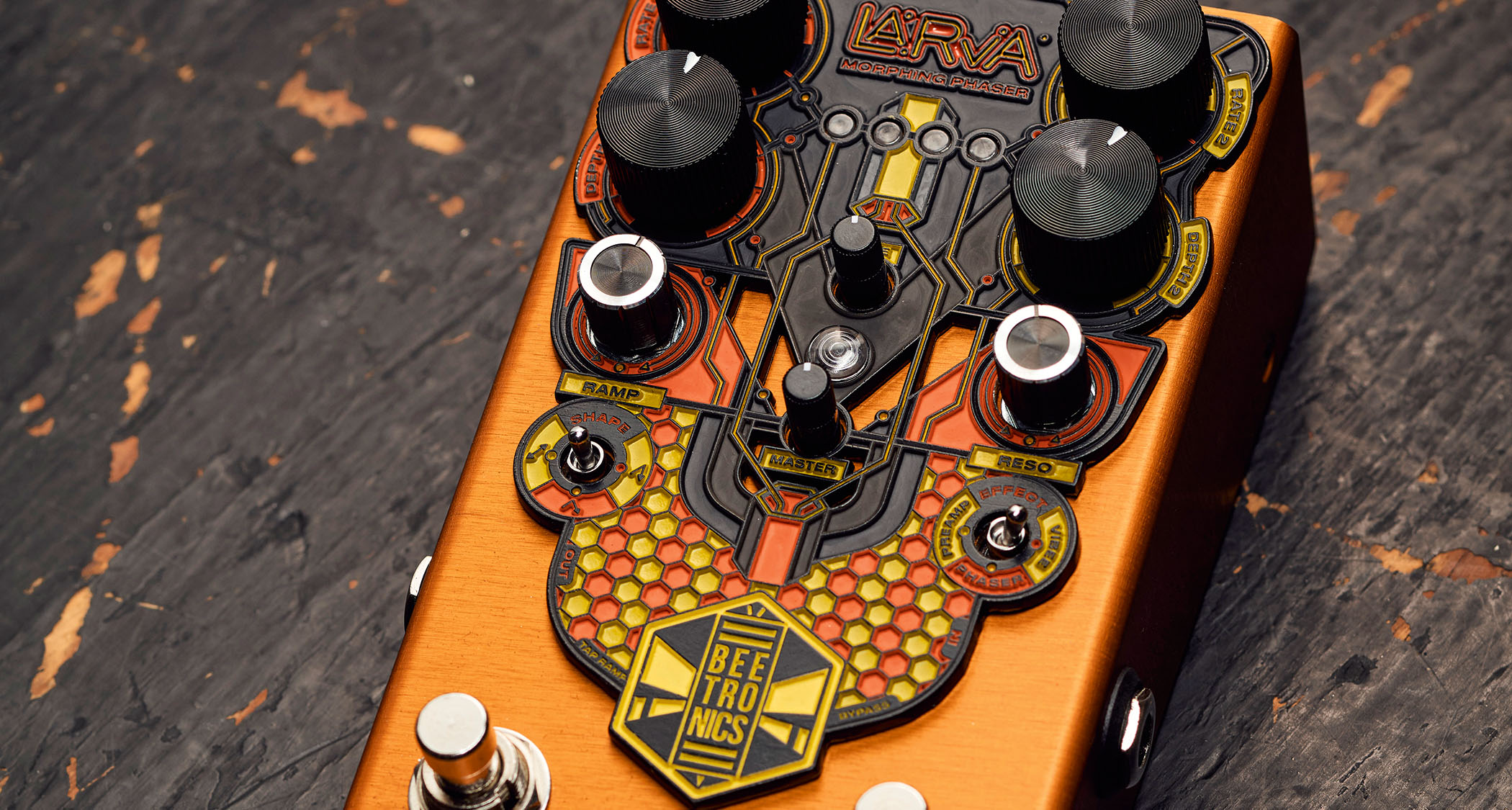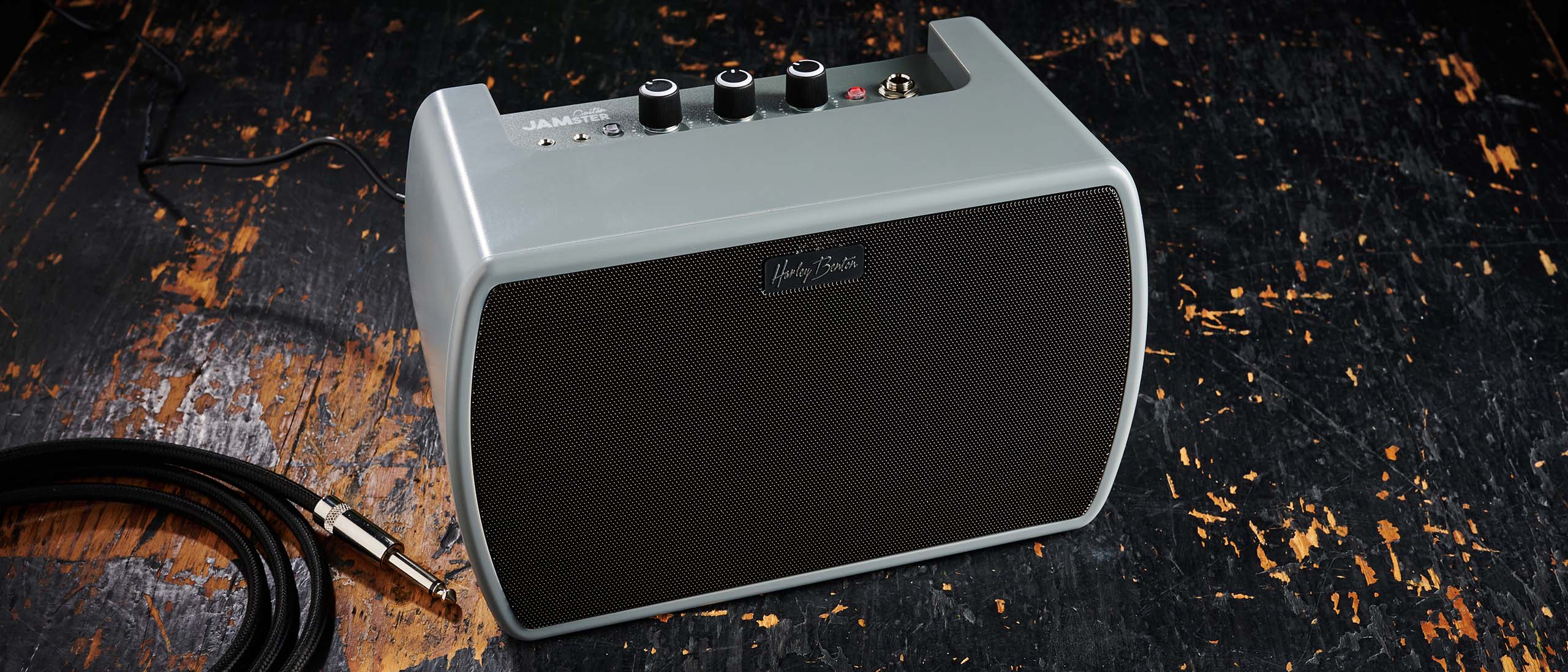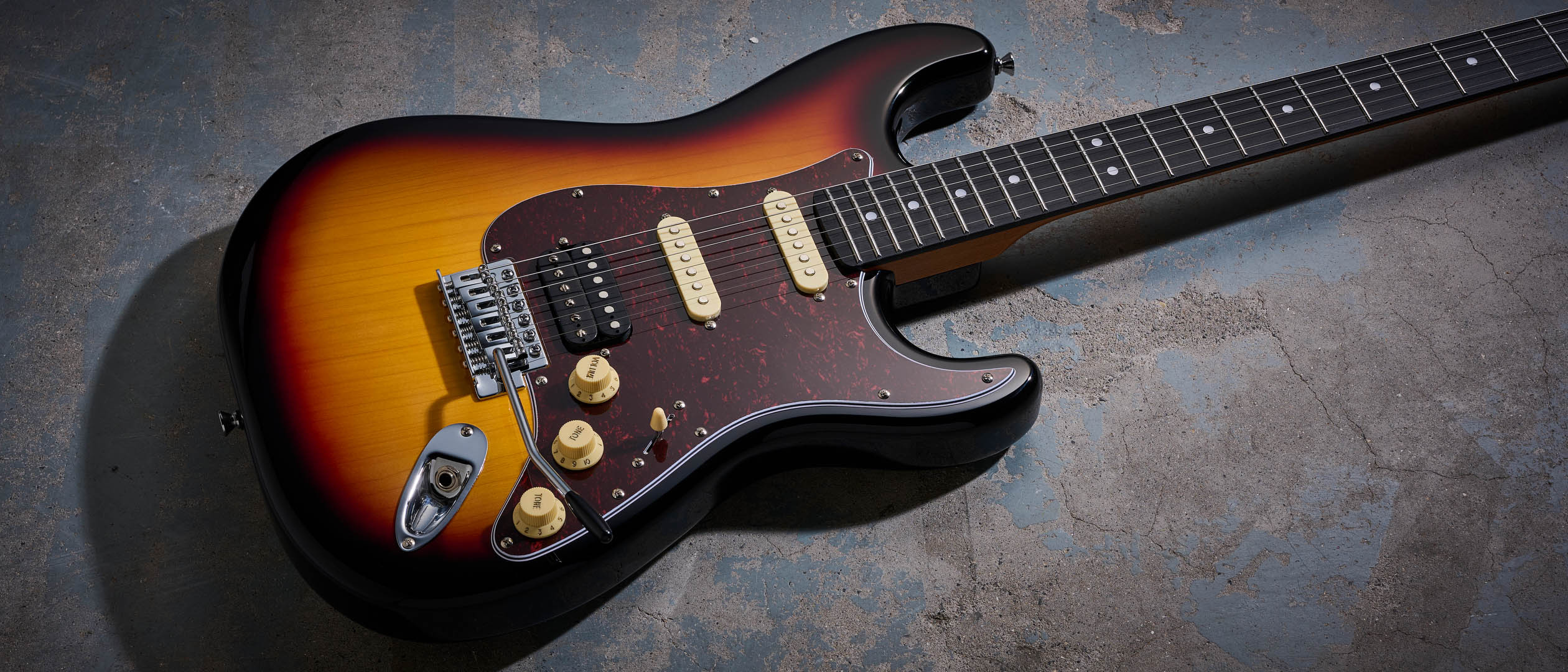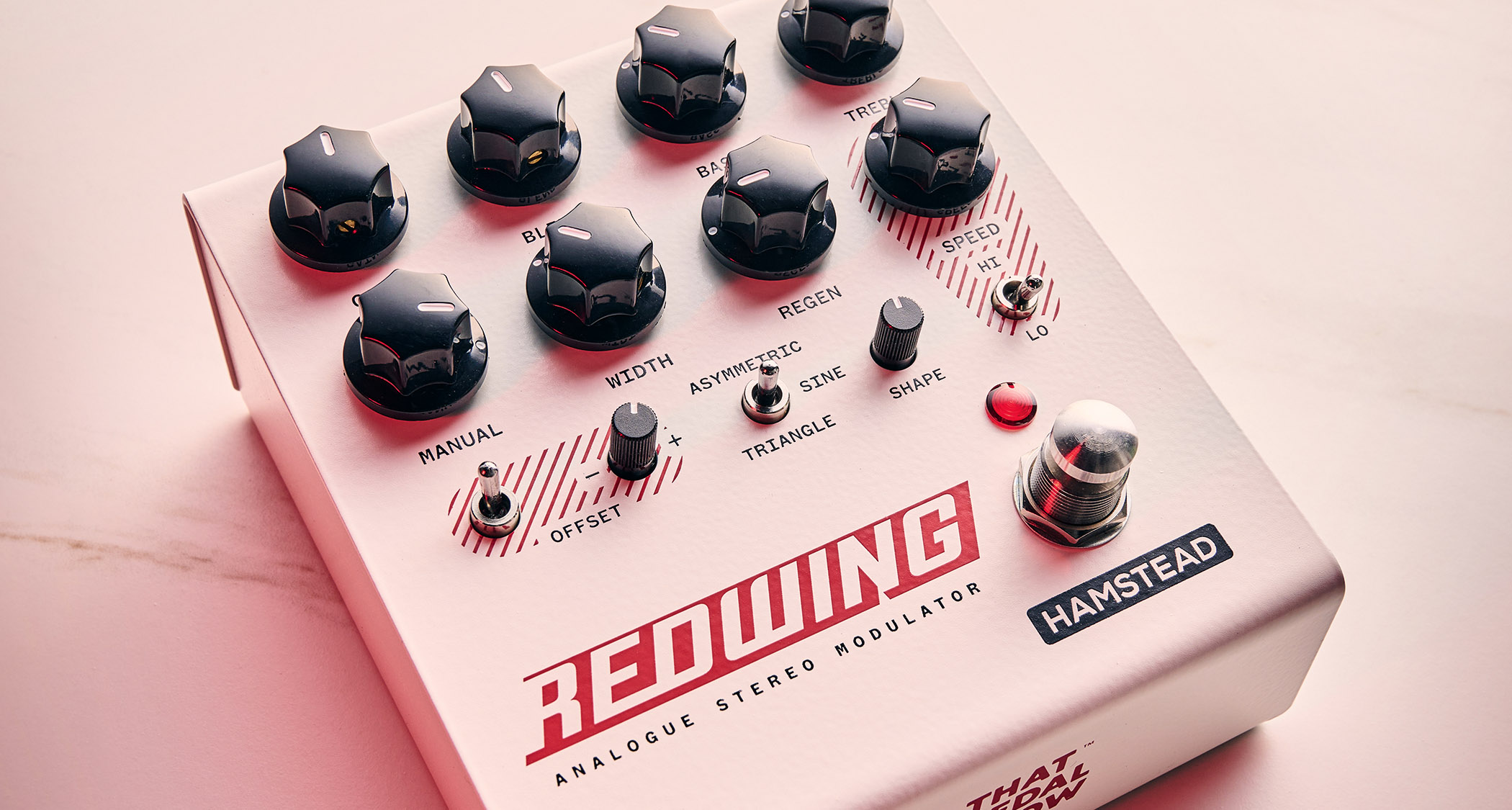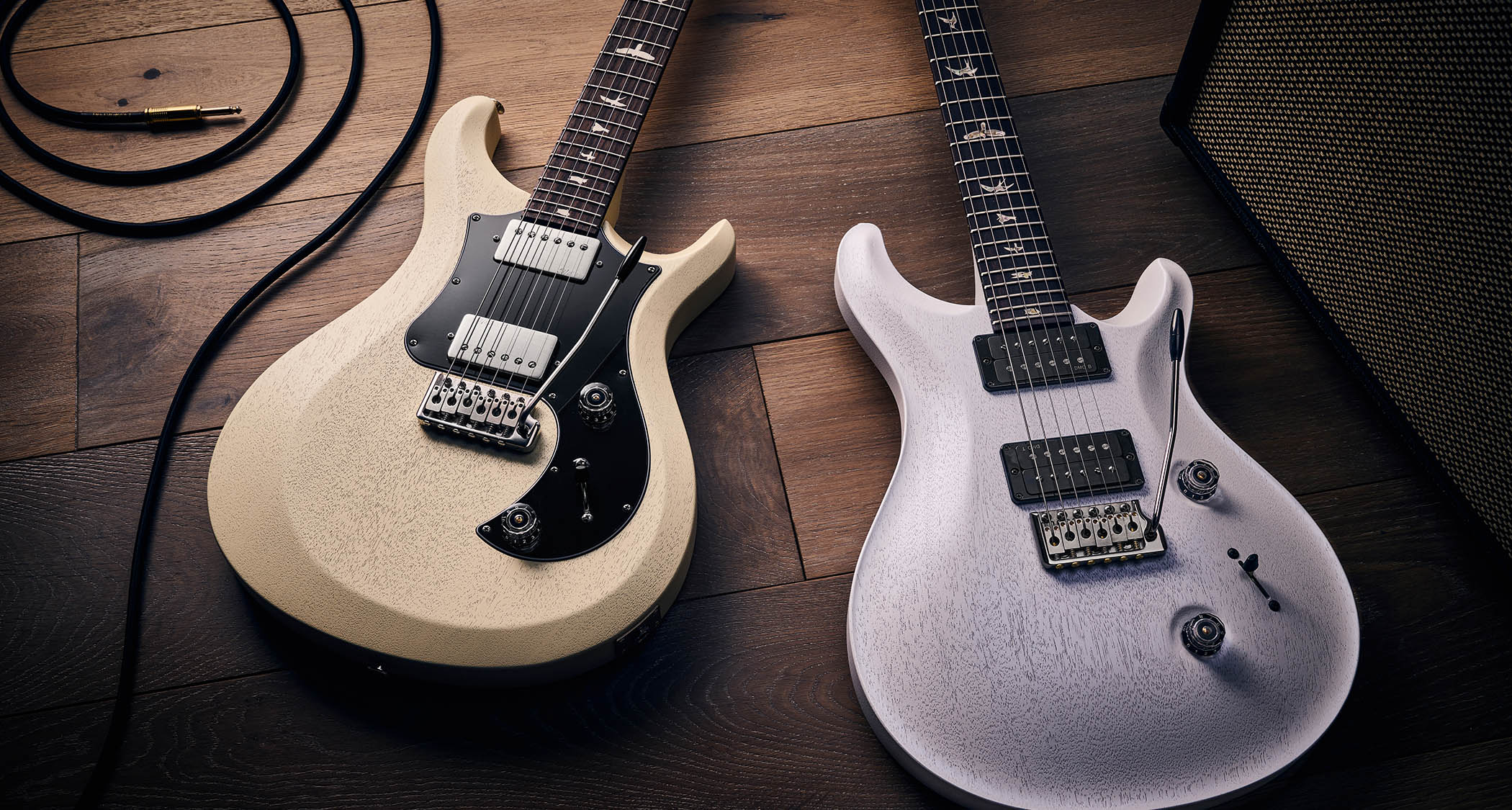Guitar World Verdict
A serious bit of gear capable of serious work, all while serving the needs of guitar players. A valuable addition to any guitarist's home recording setup.
Pros
- +
Intuitive front panel.
- +
Re-amp output.
- +
Comprehensive I/O.
- +
Well built.
- +
Studio One software included.
Cons
- -
Cheaper interfaces are available, albeit with fewer features.
- -
Software takes just a little learning for those unfamiliar.
You can trust Guitar World
What is it?
It wasn’t too long ago that recording a piece of music would involve a pricey trip to your local studio to gain access to the gear and expertise needed to lay down that perfect track. While there is still something to be said for the high-end nature of recording studios and the immeasurable value of an audio engineer's knowledge and experience, it is an inescapable fact that quality home recordings are now more accessible than ever. Provided you have the right gear and some knowledge. Enter the PreSonus Quantum HD 2.
In a sea of audio interfaces now available for home recording artists, PreSonus has worked with parent company Fender to make the HD 2 stand out as an interface seemingly aimed at giving guitarists a ticket to easier home recording with flexible I/O and intelligent level-setting to reduce the hurdles.
As a guitarist first who has accidentally ended up doing a fair bit of audio work, this, if it works as advertised, should fit someone like me perfectly. Let's see how it stacks up.
Specs
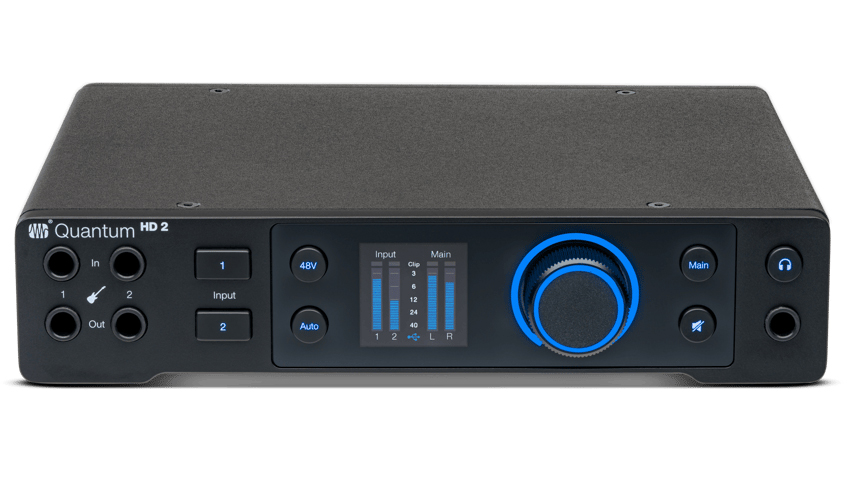
- Launch price: $499/£429/€499 (includes Studio One Pro and 12 months ' access to Studio One Pro+)
- Simultaneous I/O: 20x24
- A/D Resolution: 32-bit, 192 khz
- Number of Preamps: 2
- Channels: 20
- Maximum sampling rate: 192 kHz
- Phantom Power: Yes
- Analogue Inputs: 2 x 1/4" or XLR
- Analogue Outputs: 4 x 1/4" (2x stereo)
- Digital Inputs: 2x ADAT, S/PDIF
- Digital Outputs: 2 X ADAT, S/PDIF
- MIDI: In, out, USB
- Headphones: 1x 1/4"
- Power Supply: 12vDC
- Contact: PreSonus
Build quality
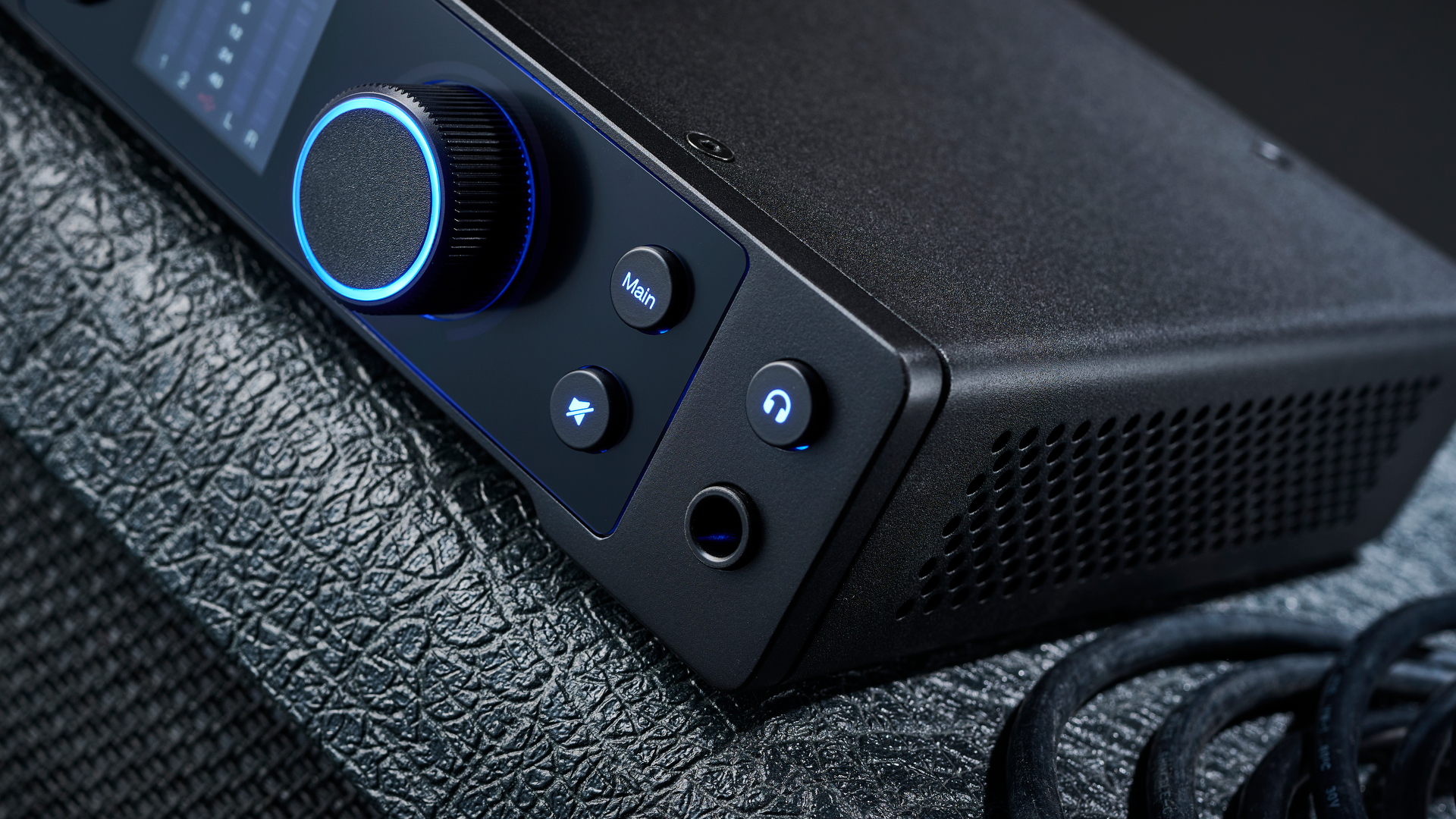
Build quality rating: ★★★★★
Upon taking it out the box, I am immediately struck by how sturdy the HD 2's 2.9lb metal chassis feels. Equally sturdy are all the controls on the front panel, which have a reassuring resistance when being used, creating an impression of a unit built to last.
The I/O is pretty comprehensive and well thought out, covering a range of circumstances. Starting with the inputs, there are two ¼ inch jacks on the front panel, specifically designed for passive instruments like guitars and bass, then another 2 combo jacks on the back for mic and line level inputs.
It is important to note that there are only two analog (there are also digital inputs) inputs in total - using the instrument input on the front panel will defeat the corresponding combo jack input located on the rear of the interface, meaning the functionality here is in accommodating the differences in level and impedance to get the best out of varying types of instrument.
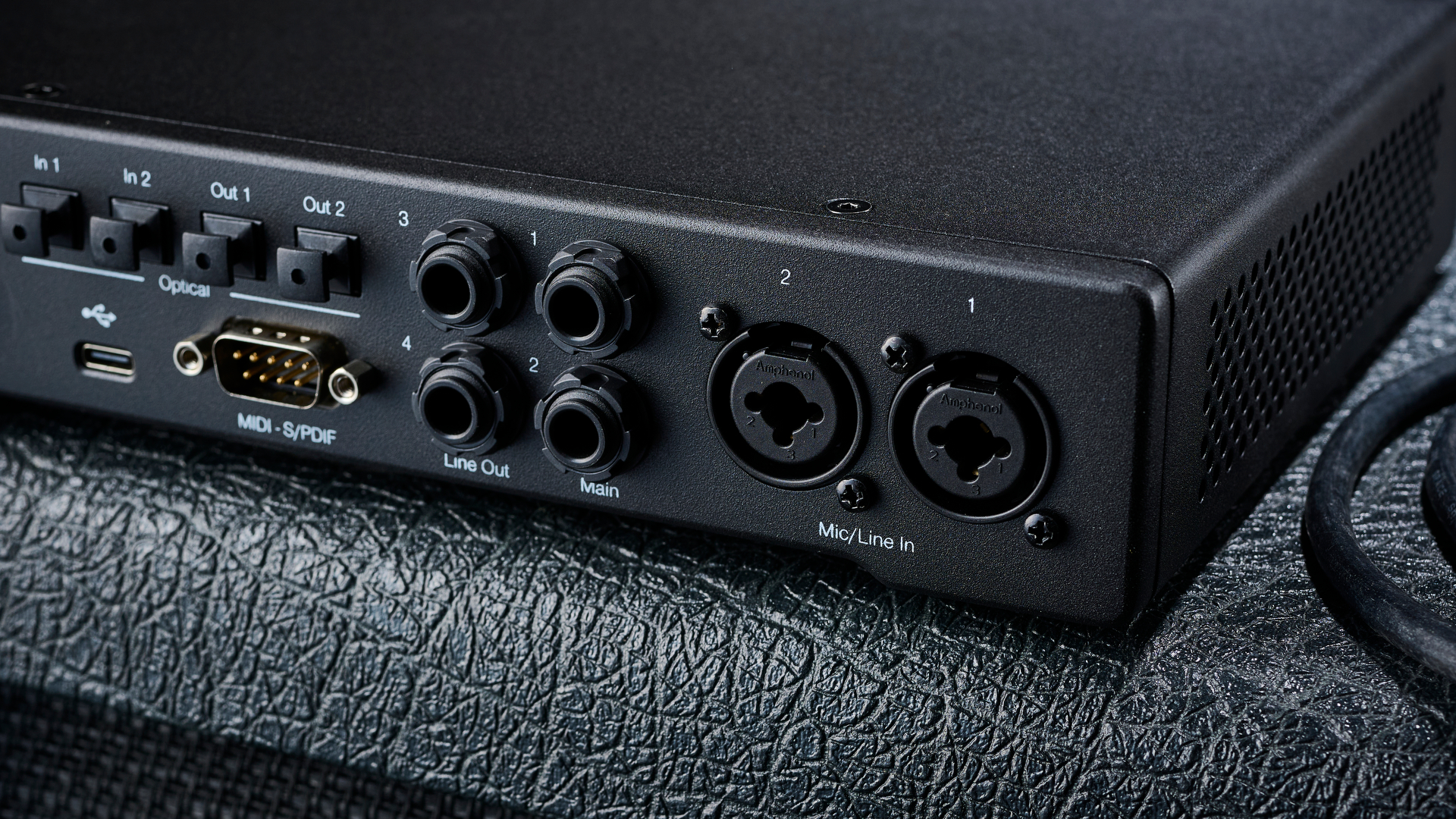
If you need more than just these two, the rear panel includes 2 x ADAT lightpipe inputs and outputs for multi-channel expansion. Beside these sits a port for MIDI and S/PDIF (via a breakout cable), the expected stereo output, plus an additional stereo/2 x mono line out - all via 1/4" jacks.
In short, the I/O is going to serve the majority of circumstances and is contained within a box that feels as if it will withstand all but the most unreasonable of abuse. As far as build quality goes, there’s nothing to fault.
Software and Installation
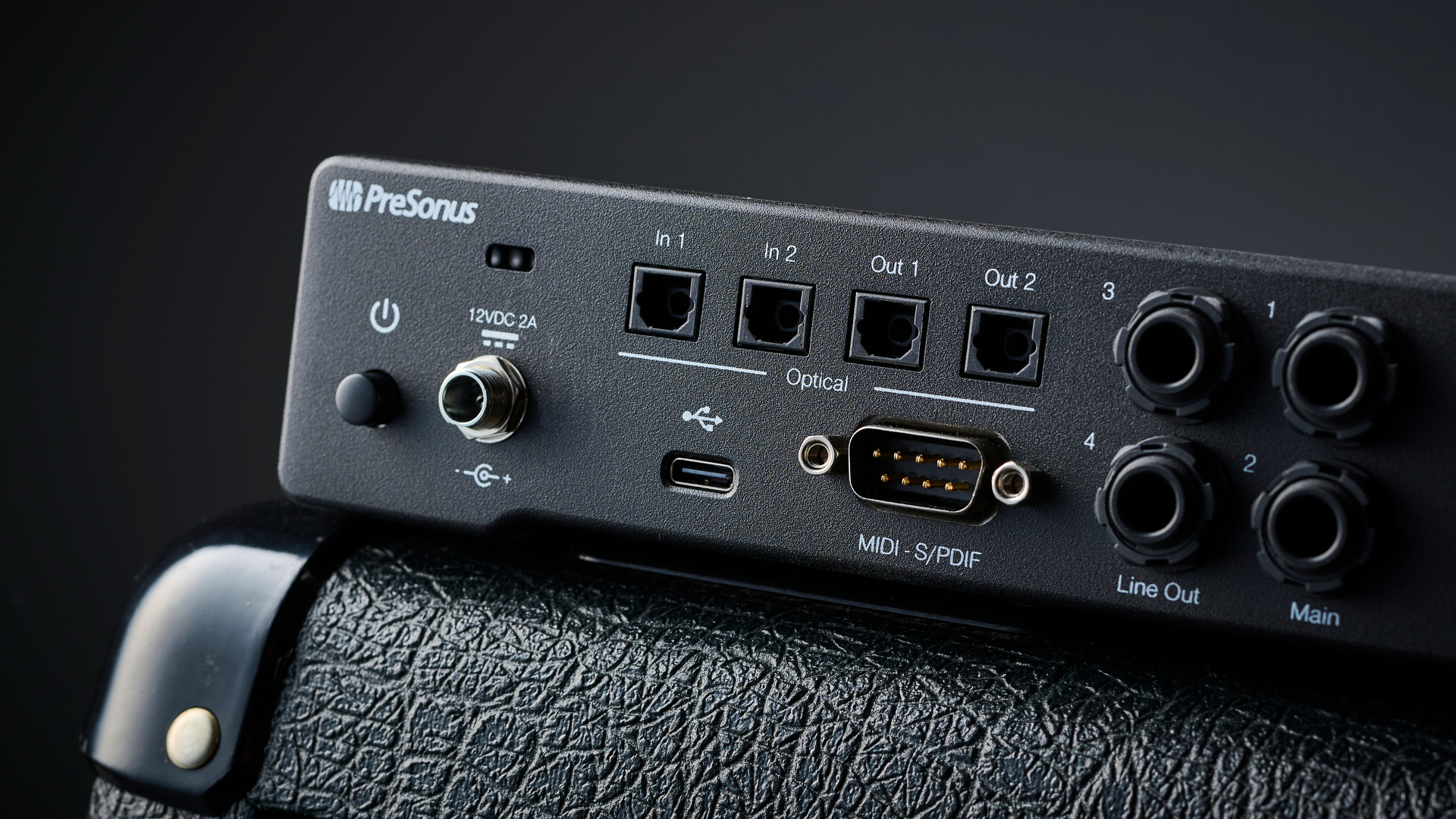
Software and Installation rating: ★★★★☆
Over multiple pieces of software and different operating systems, the HD 2 connected to it all flawlessly. It just worked
Given that guitarists like me seem to be the target market here, I began testing the Quantum HD 2 by working it into my everyday life and have it replace both the Focusrite Scarlett interface and Boss GCS8 that I would usually use. This meant it was tasked with recording audio for Guitar World demos, more audio for online teaching sessions (I was a guitar teacher in a previous life and still do a little of this after work), and meetings over video conference software.
In all these applications, over multiple pieces of software and different operating systems, the HD 2 connected to it all flawlessly. It just worked. I already had drivers installed as a user of other PreSonus gear, but the guide that the unit arrives with clearly points you in the right direction, keeping the installation process smooth.
Moving on to the UC Control software, which is not a requirement of the unit, it offers more functionality and handy routing. The base features are all displayed coherently, and routing is achieved via meters that clearly display what is going where.
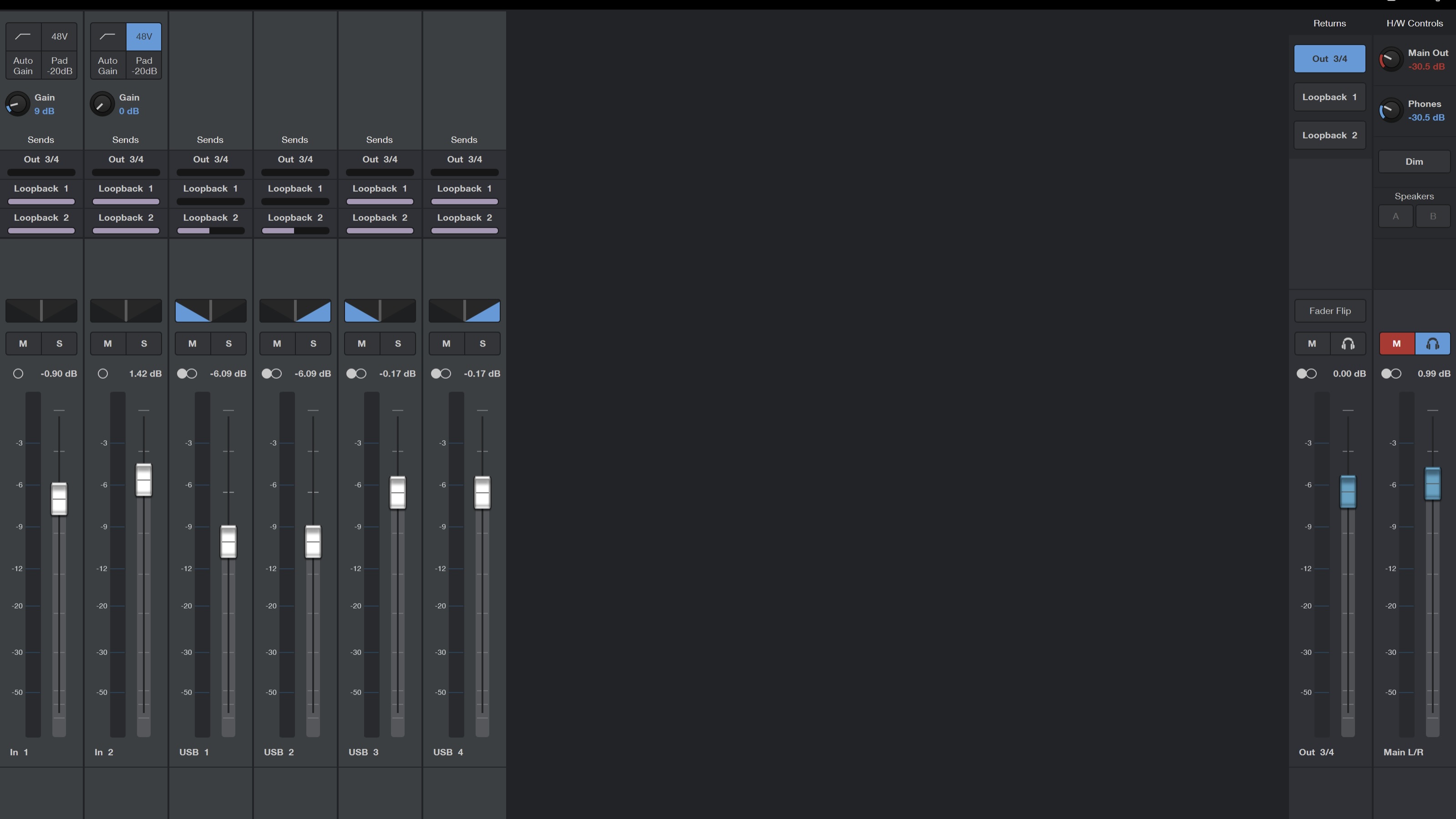
I found the extra routing to be particularly useful, as the software includes LoopBack functionality, which allows for the sending of audio between applications within my computer. A godsend when using a mixture of instrument inputs and audio from different applications whilst streaming and using video conferencing software for teaching.
Looking into the software's deeper functions, there are a few buttons that have labels that indicate an operation in a way that isn’t completely obvious at first glance but simple enough to figure out with a little experimentation.
Continuing with my very minor complaints, I would also have preferred not to have downloaded two different manuals, as a ‘User Manual’ and a ‘Software Reference Manual’ are needed. Both are quite important to the interface's function, so having them in the same download would have been a little easier.
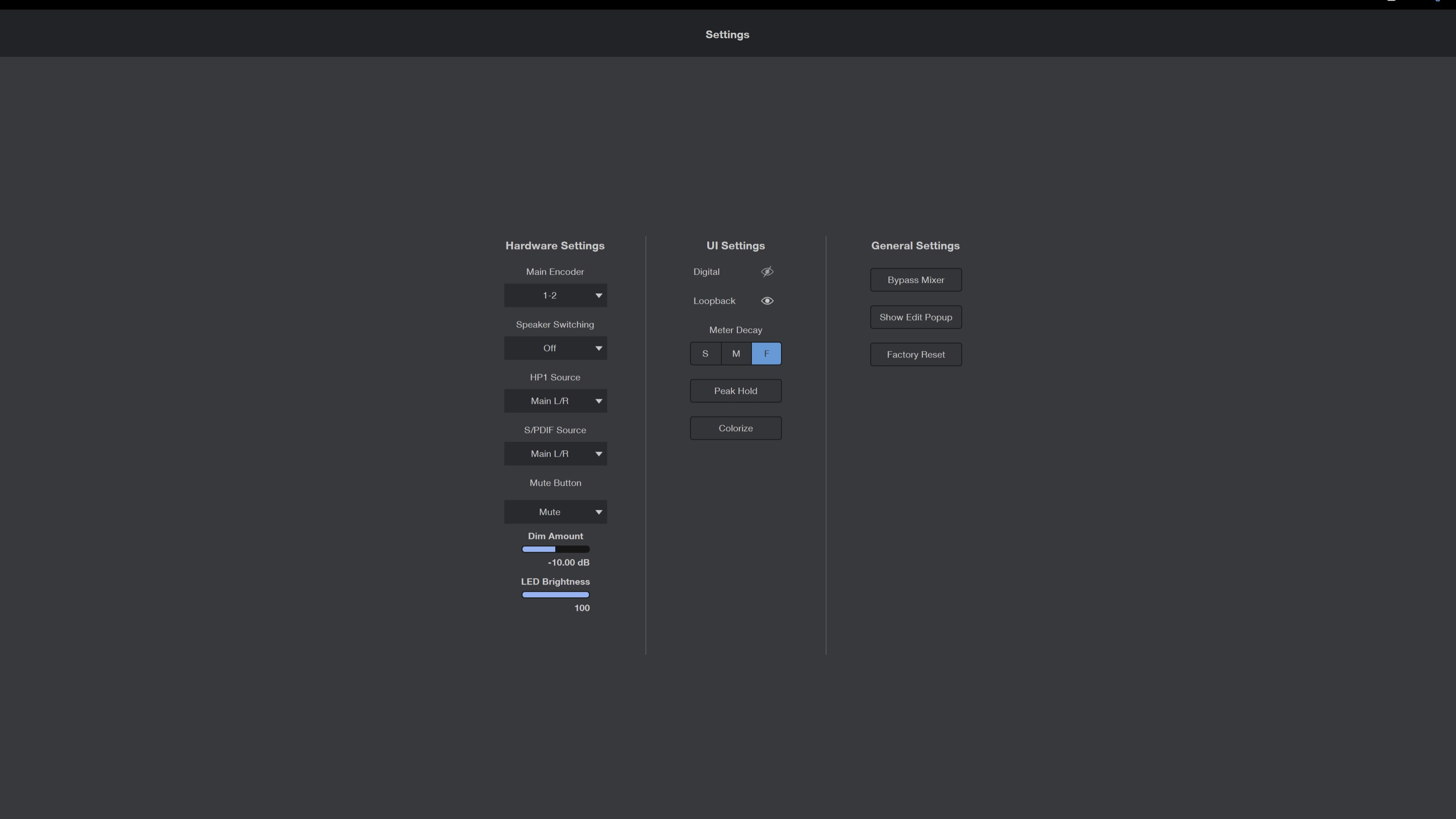
My workflow was improved with the low-latency monitoring, which seems to function similarly to direct/hardware monitoring, allowing me to monitor my inputs with no perceptible latency. This is something you can turn off if you need to monitor from a DAW instead. (Through a ‘Mixer Bypass’ button - one of the aforementioned, not completely obvious labels)
An oddity, however, is that this low-latency feature is not available when connected to a computer without the UC Control (or Studio One Pro) software installed, but is available when the Quantum HD 2 is operating without being connected to a computer at all. This struck me as a rather strange restriction, particularly with some competitors having functionality here via 'Direct Monitoring' switches and such like.
With this, however, it is worth bearing in mind that the UC Control software is free, easily accessible, and not particularly resource-hungry. Therefore, there is no reason not to run it.
For users of PreSonus' Studio One DAW, the Quantum HD 2 allows for the use of the Zero Latency mode within the DAW. This is incredibly useful for recording vocals with send effects applied from Studio One Pro, which is included when purchasing the interface. As a bonus, buyers also get a free 12-month membership to Studio One +.
Usability
Usability rating: ★★★★★

The hardware was easy to get my head around, as here there's a collection of well-designed labels and icons that will keep even the most inexperienced of users right when it comes to hooking things up and getting started.
Furthering its fool-proof nature is the autogain feature, which is a breeze to use from the front panel. Select your channel, hit the ‘Auto’ button, and then play while the interface listens and sets the gain appropriately for your instrument. This worked well on every occasion I used it, proving delightfully easy and consistent.
When adjusting channels and navigating the menu, there are associated lights that change color and indicate what is being affected, making getting around pretty straightforward. Plus, lights just look cool.
The input LED meters are easy to read from the display, click the rotary knob to browse through your outputs, and hold it to get to general settings - easy, with only minimal visits to the manual required.
Sounds
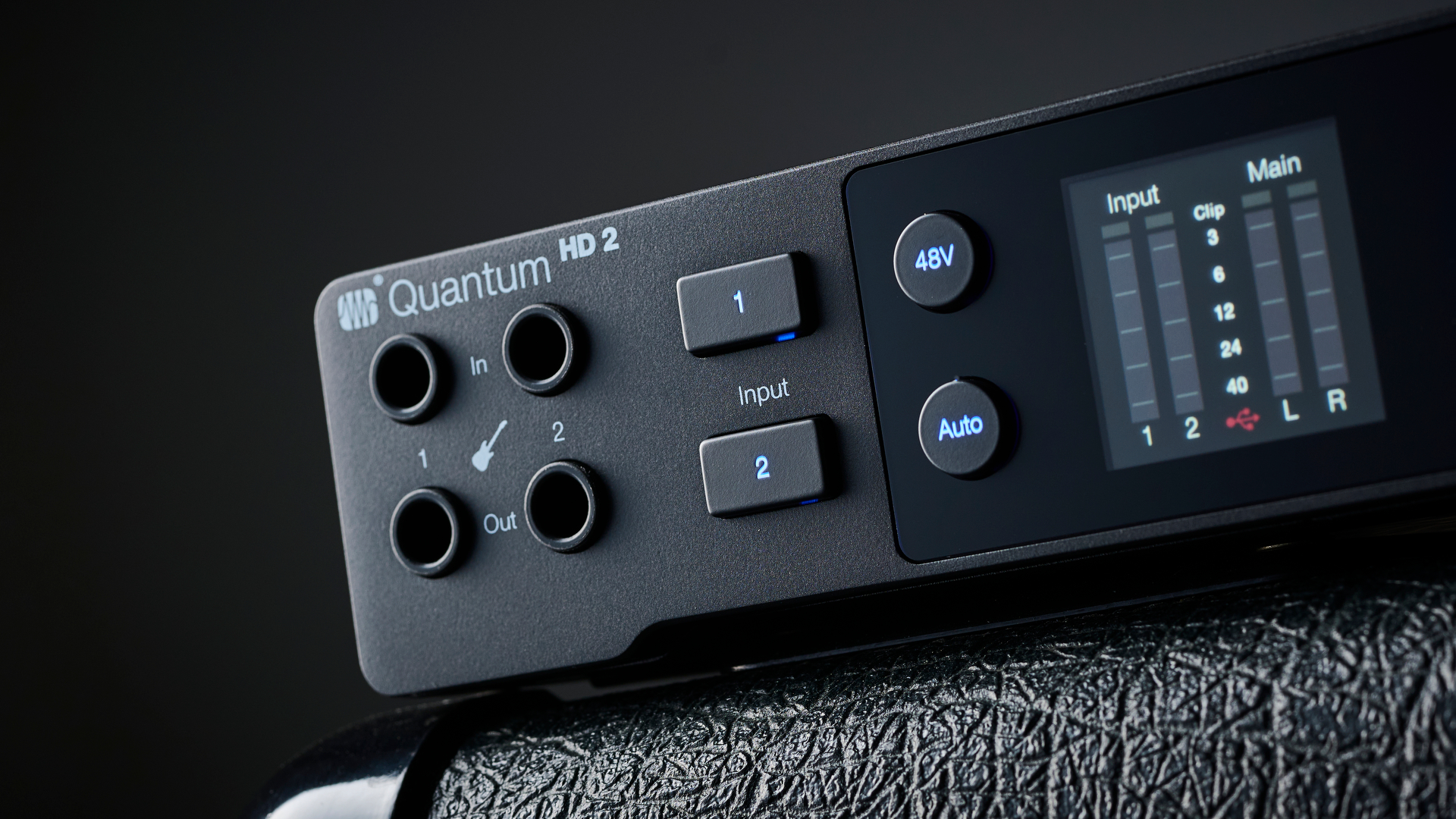
Sounds rating: ★★★★½
Conveniently, PreSonus Studio One has been my DAW of choice for a few years now. Utilising it to test the audio from the Quanutmn HD2, I started with recording a demo for another review I was working on - the Tonex One Joe Satriani signature pedal. What resulted was good, clear audio that represented every bit of the soaring, saturated Satriani-ness of the pedal.
I then went over some old recordings from previous bands and re-recorded the vocals using my Neumann TL102, yielding the same clarity with a well-defined and crisp vocal sound. Also well defined were my flat notes, but I can’t hold the interface responsible for that.
Next, having recently heard Vulfpeck’s Dean Town' being played around the office, I loaded it up and gunned the volume from my thankfully detached house, through the HD2 and my KRK speakers. Again, pleased with the results, I spent some time here, all in the name of ‘work’.
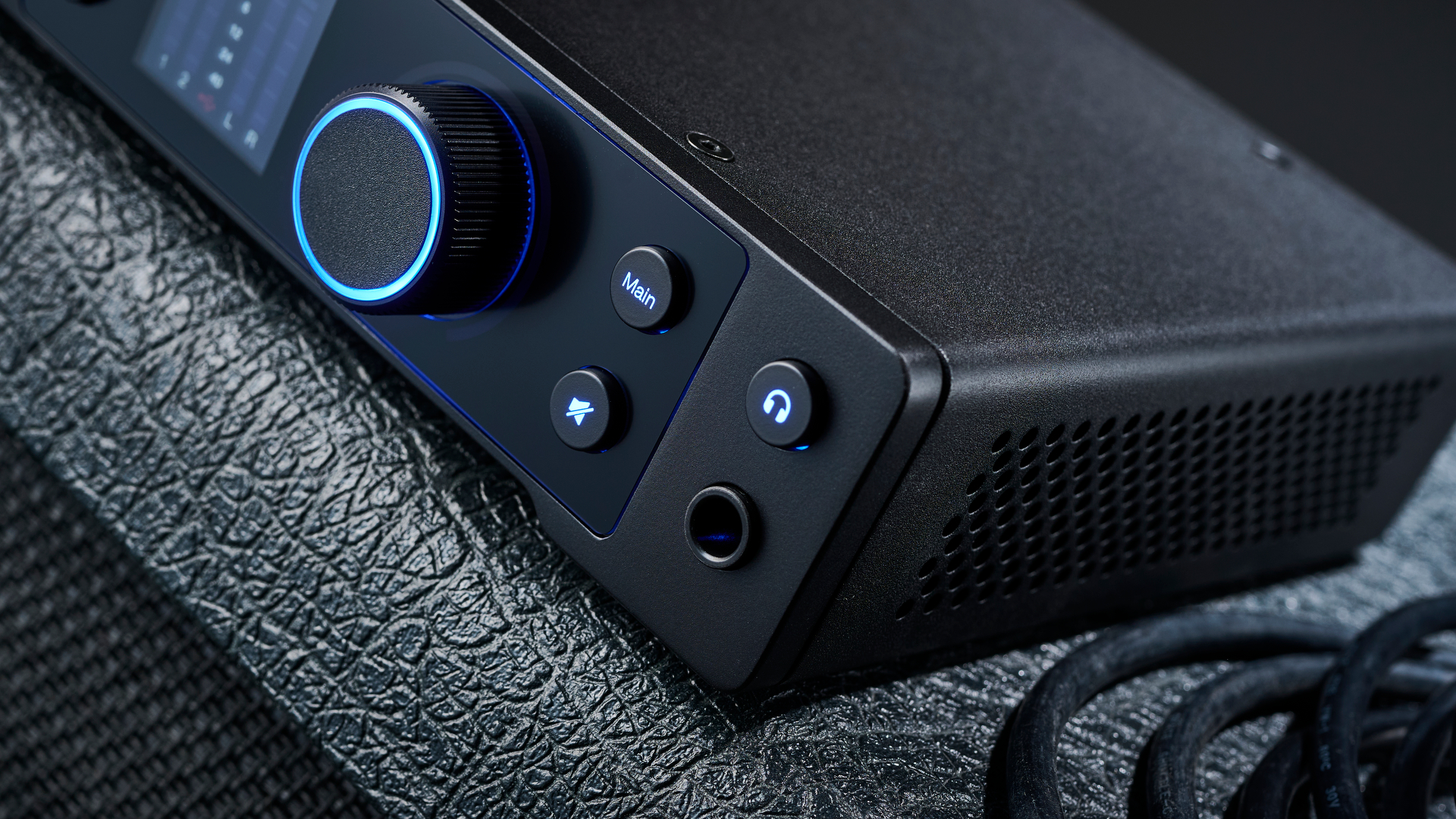
On audio alone, the differences between one well-made interface and the next are a little tricky to define, as they are both minute and subjective. Much more important at this level is the quality of audio being fed into the unit, but what I can say is that the PreSonus Quantum HD 2 sounds great, as you would expect.
Worth noting, however, is the 75 dB of gain available from the PreSonus MaxHD pre-amps. More than enough to power something like the notoriously gain-hungry, yet still popular, Shure SM7B microphone.
Finally, we have the re-amp output on the front of the unit. The main advantage in this lies with an output impedance set for operation with guitar gear, thereby removing the need for a re-amp box. A little knowledge of routing within your chosen DAW is required, but the process is simple enough
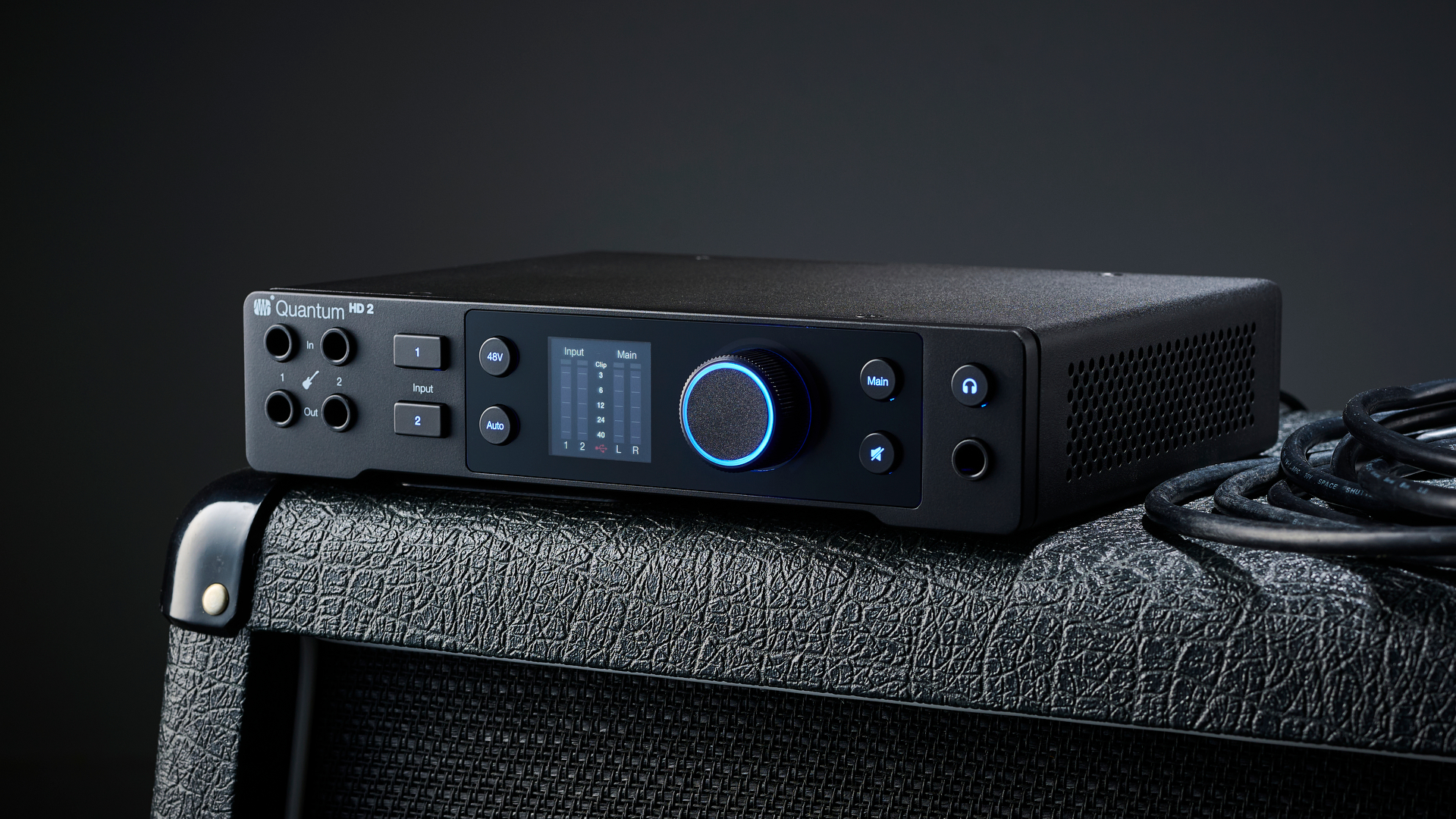
Using the Autogain feature to make it extra foolproof, I recorded a D.I signal from my Fender Telecaster, did a little routing to send the recorded audio out via the re-amp output, and voila. I now have a tone-hunt facilitating guitar part that I can play through any gear I fancy.
Testing with my Line 6 Helix, the signal from the D.I track was a touch hotter than the guitar going straight to the pedal. All that is needed to fix this is to pull down the fader a touch within the DAW, leaving it sounding exactly as it should.
It’s also worth noting that the re-amp output isn’t just limited to guitar. It facilitates the sending of any recorded audio - vocals, keys, drums anything at all - through guitar effects, which is endless fun and incredibly useful.
Verdict
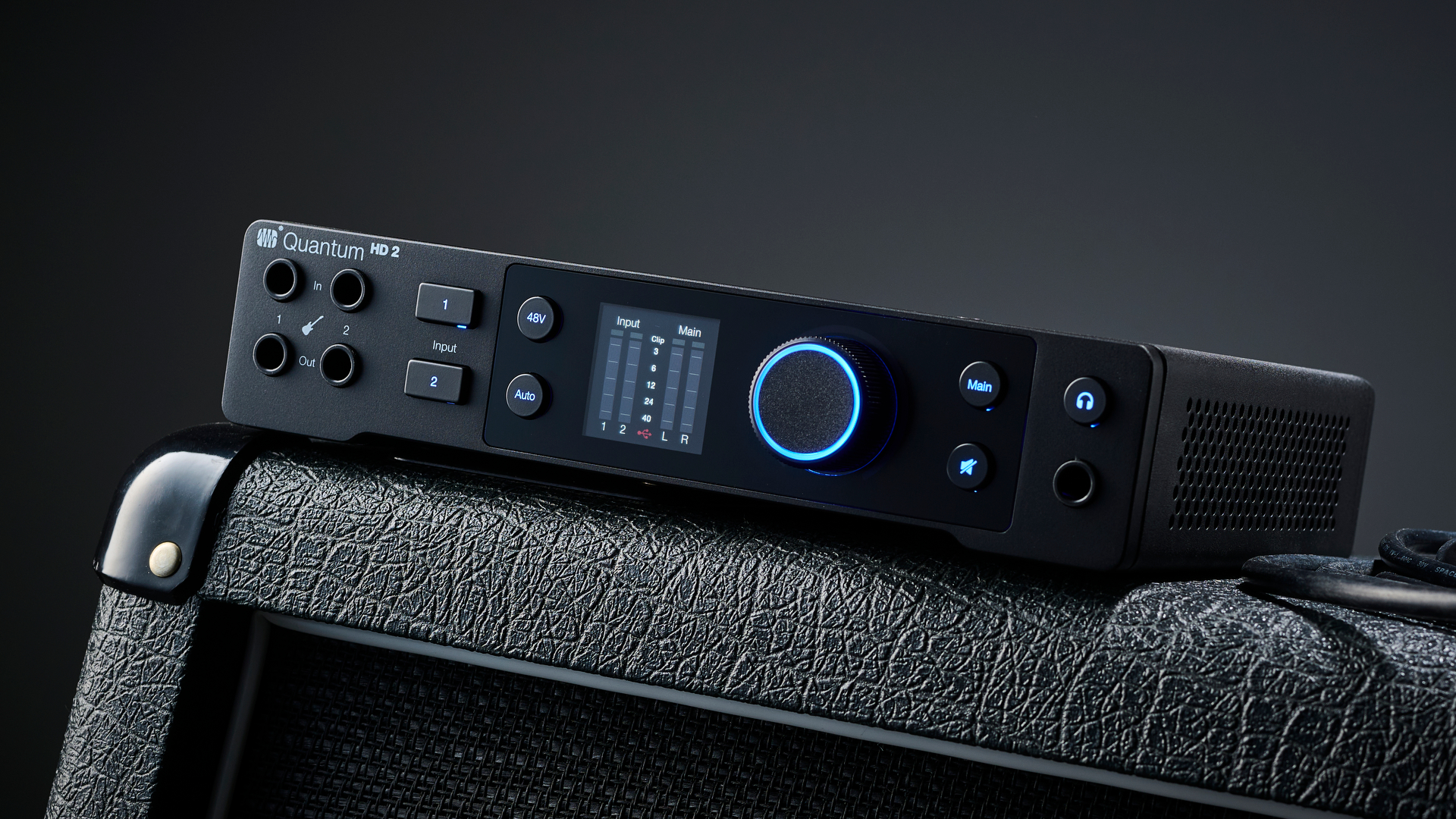
From a guitar player's perspective, the PreSonus Quantum HD 2 is an interesting piece of gear. It’s quite squarely aimed at us guitarists by virtue of its feature set and how the associated blurb reiterates Pre-sonus’ collaboration with parent company Fender. My approach was to consider this as a guitarist first, and within this context, it impresses.
My approach was to consider the PreSonus Quantum HD2 as a guitarist first, and within this context, it impresses
While the audio is great from the PreSonus Quantum HD 2, a big win is that it is also easy to use, particularly from the front panel. The software does take a little learning, but nothing that isn't within reach for anyone with a little time.
When aimed at those who are not necessarily audio engineers by nature, this is incredibly important and a valuable plus point of the interface.
Going beyond this, it also has an extensive feature set that can accommodate those who do have audio experience, and therefore, the PreSonus Quantum HD 2 won't end up as E-waste as you grow familiar with the field and start doing some more advanced audio work.
Guitar World verdict: A serious bit of gear capable of serious work, all whilst serving the needs of guitar players. A valuable addition to any guitarist's home recording setup.
Test | Results | Score |
|---|---|---|
Build quality | Solid build and great I/O, nothing to fault here. | ★★★★★ |
Software and Installation | Smooth installation, software takes a little learning but nothing too strenuous. | ★★★★☆ |
Usability | Easy to use front panel, with well deigned labels and lights. | ★★★★★ |
Sounds | Sounds exactly as you would expect a great audio interface to sound. | ★★★★½ |
Overall | A great unit that's easy to use, with only a few very minor issues. | ★★★★½ |
Also try
Universal Audio Apollo Twin X Duo USB - $999/£799/€998
A high-end option with some powerful on-board DSP to allow the processing of plugins before the signal gets to the DAW
Read more: Apollo Twin X Review
Focusrite Scarlett 2i2 (4th Gen) - $199/£169/€179
A no-frills, two-input interface. Not nearly as many features as the HD2, but a good option for those looking for something simpler at a lower price point.
Read more: Focusrtie Scarlett 2i2 Review
IK Multimedia Axe I/O - $399/£283/€325
A similar product that's a little cheaper and retains the re-amp out of the Quantum HD2 but loses some of the I/O.
Read more: IK Multimedia Axe I/O Review
Hands-on videos
PreSonus
Sweetwater


You must confirm your public display name before commenting
Please logout and then login again, you will then be prompted to enter your display name.
Weezer’s first show was opening for Keanu Reeves’ band Dogstar. Now the John Wick star is set to play a villain in the Buddy Holly hitmakers’ forthcoming mockumentary
“Even the thought that Clapton might have seen a few seconds of my video feels surreal. But I’m truly honored”: Eric Clapton names Japanese neo-soul guitarist as one to watch
“You better be ready to prove it’s something you can do”: Giacomo Turra got exposed – but real guitar virtuosos are being wrongly accused of fakery, too
